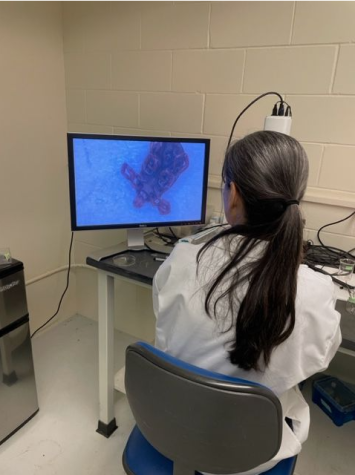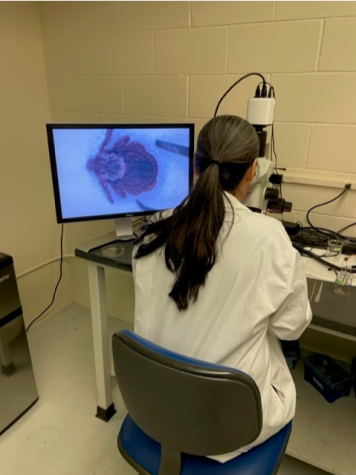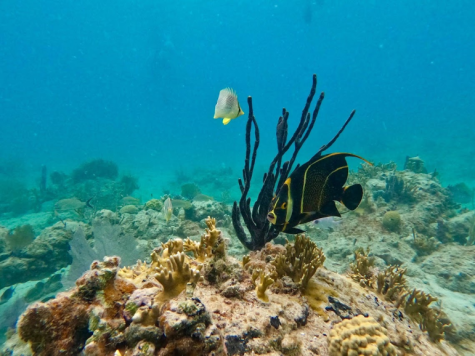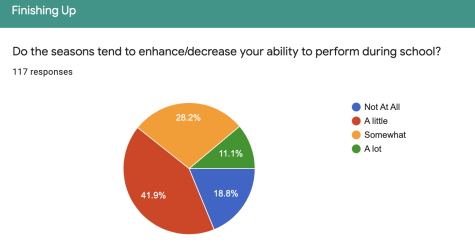NJ Ticks 4 Science!
March 20, 2023
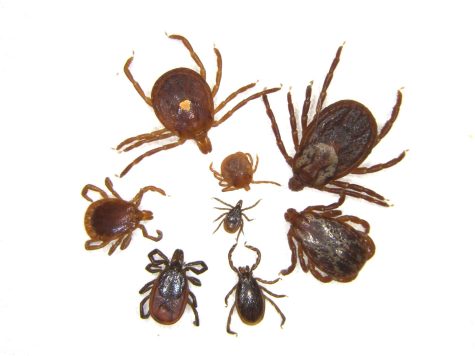
Rutgers University has launched a citizen science project aiming to understand the distribution of ticks and their pathogens across New Jersey– and you can help too! Ticks are arachnids that attach to mammals like humans and suck their blood for food. When they find a feeding spot, ticks grasp onto the skin and cut into the surface, and slowly insert their feeding tubes. As they start to take blood, ticks pump in saliva that contains chemicals to prevent the blood in the host from coagulating, as well as anti-pain, and anti-inflammatory responses. At the same time, any parasites in the tick saliva, such as Lyme disease bacteria, are transmitted to the host animal. This is how ticks become disease vectors, organisms that are capable of transmitting pathogens from one host to another.
As ticks may cause serious diseases, it is important to be aware of them and what to do in the case that you encounter one. NJ Ticks 4 Science!– founded by Dr. Dina Fonseca, Chair of the Department of Entomology and Director of the Center for Vector Biology at Rutgers, and Dr. Andrea Egizi, a research scientist at Monmouth County Tick-Borne Disease Laboratory and Rutgers University– aim to address this issue.
Emily Fontaine, Program Associate of the NJ Ticks 4 Science! explains that the goal of this program is to help everyone in NJ understand what a tick is and how they can prevent being bit. “We want to be able to manage ticks better and teach people about ticks; what they are, what they do to us, and how to prevent tick bites– all of those things. When people are better informed, they can prevent getting sick.”
Dr. Fonseca emphasizes the importance of teaching people about ticks: “The goal of this project is not just about bringing awareness. Our aim is to teach everyone ‘tick basics’ so they take simple steps to avoid being bit or recognize if /when they were bit and what to do next. Regarding most tick-transmitted diseases the sooner you recognize them and respond appropriately, the better.”
Although there is already significant awareness regarding ticks in New Jersey, a greater group effort is needed to address these issues. “There’s this expectation that either some miracle or some sort of strategy will come and somehow control ticks and make them go away, says Dr. Fonseca. “When in fact, what we need is to have people understand the biology and understand we are all part of the solution.”
She explains further: “The point is, it’s not awareness, it’s understanding and trust we’re trying to build. We’re trying to build relationships with people interested in learning more about ticks as a way to safeguard their own health.”
In addition to providing critical information regarding the makeup (which species), distribution and abundance of ticks in New Jersey, NJ Ticks 4 Science! makes it simple and easy for people to learn more about ticks. Using their convenient website at https://ticks.rutgers.edu/, citizens can submit ticks they come across in their day-to-day lives.
On the website, an easy-to-understand guide is first presented so that the user can identify if the specimen is actually a tick. Afterward, citizens are given instructions to take a picture of their ticks, and submit it to the NJ Ticks for Science! program. Once the ticks are verified to be actual ticks based on the photos, citizens are then asked to send their ticks to the Rutgers Center for Vector Biology, where the species is identified and the tick is tested for pathogens. Users are given a unique identifier and can track the progress throughout by using the website and can learn more about their specific tick once analyzed.
This year, the NJ Ticks 4 Science program will have some critical changes led by Program Associate Emily Fontaine. Since this citizen project would not be possible without its participants, this year will focus more on raising awareness for the program. Ms. Fontaine explains: “So basically, the New Jersey Ticks 4 Science Program! is going to get a revamp. We’re going to create… many different social media accounts- like Facebook and Instagram, maybe even Twitter.”
In addition to promoting the project, NJ Ticks 4 Science! will now send more information regarding the ticks’ infection status back to participants. Dr. Fonseca concludes: “This time, we’re testing ticks for pathogens like the bacteria, protozoa, and viruses soon after receiving them, and providing that information back to the submitters.”
With new changes in the program, NJ Ticks 4 Science! hopes that more citizens will contribute to the project and grow New Jersey’s awareness of ticks so that they can be better managed and reduce disease.
